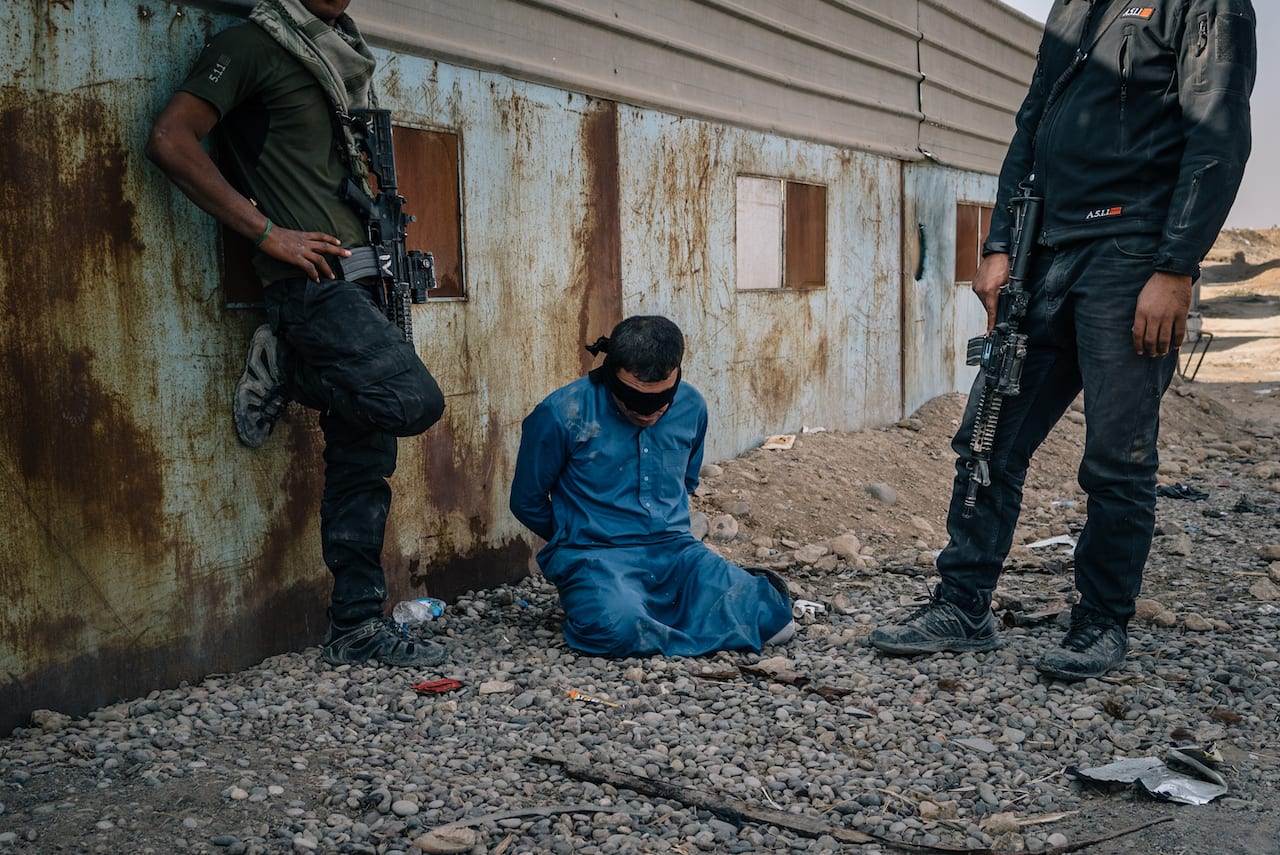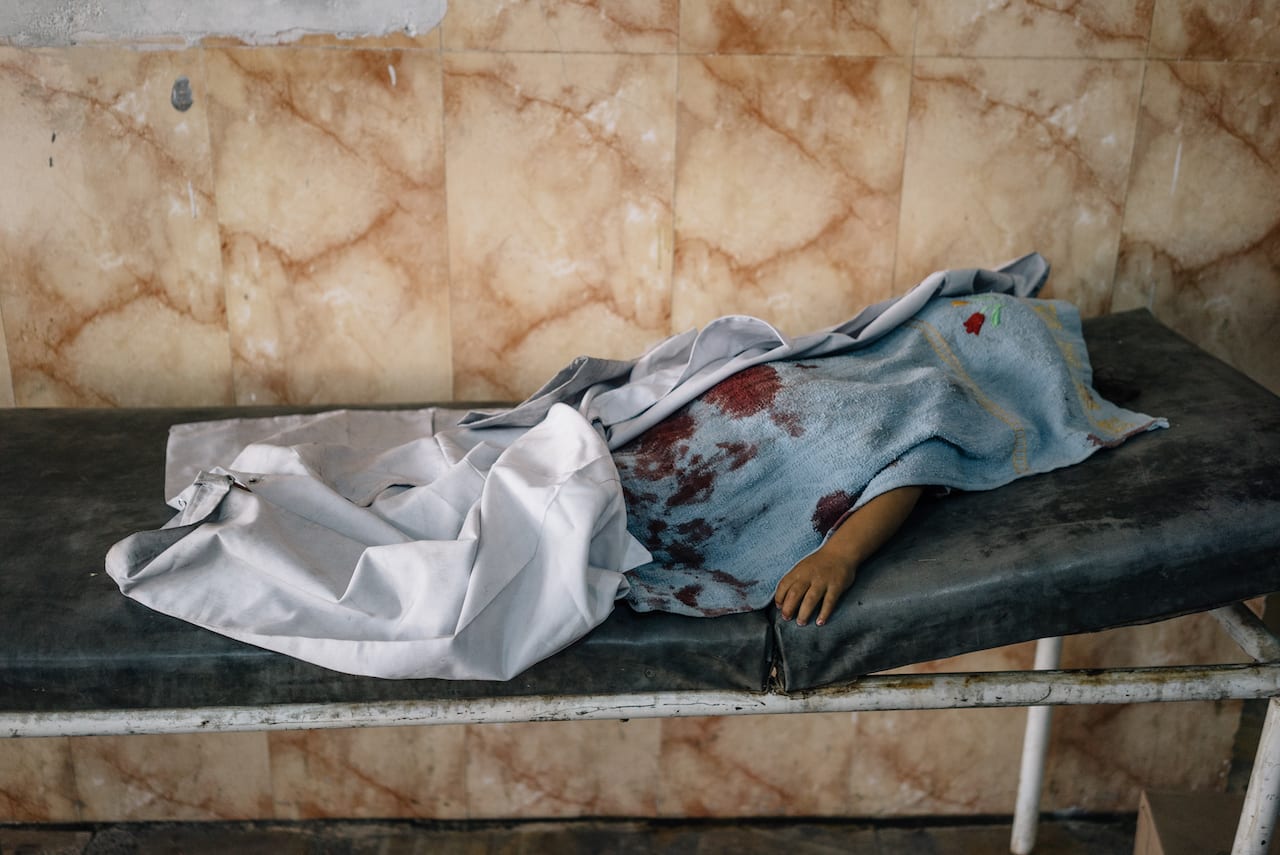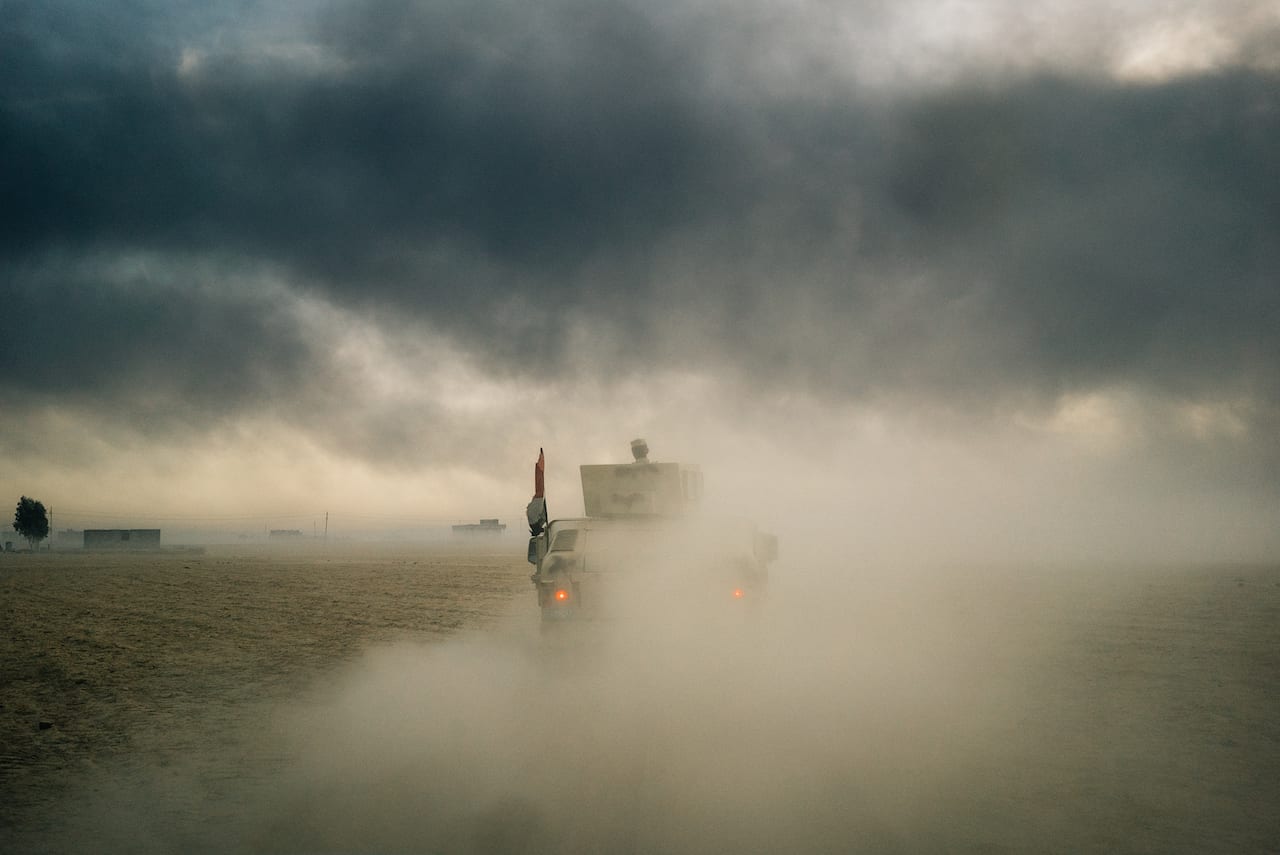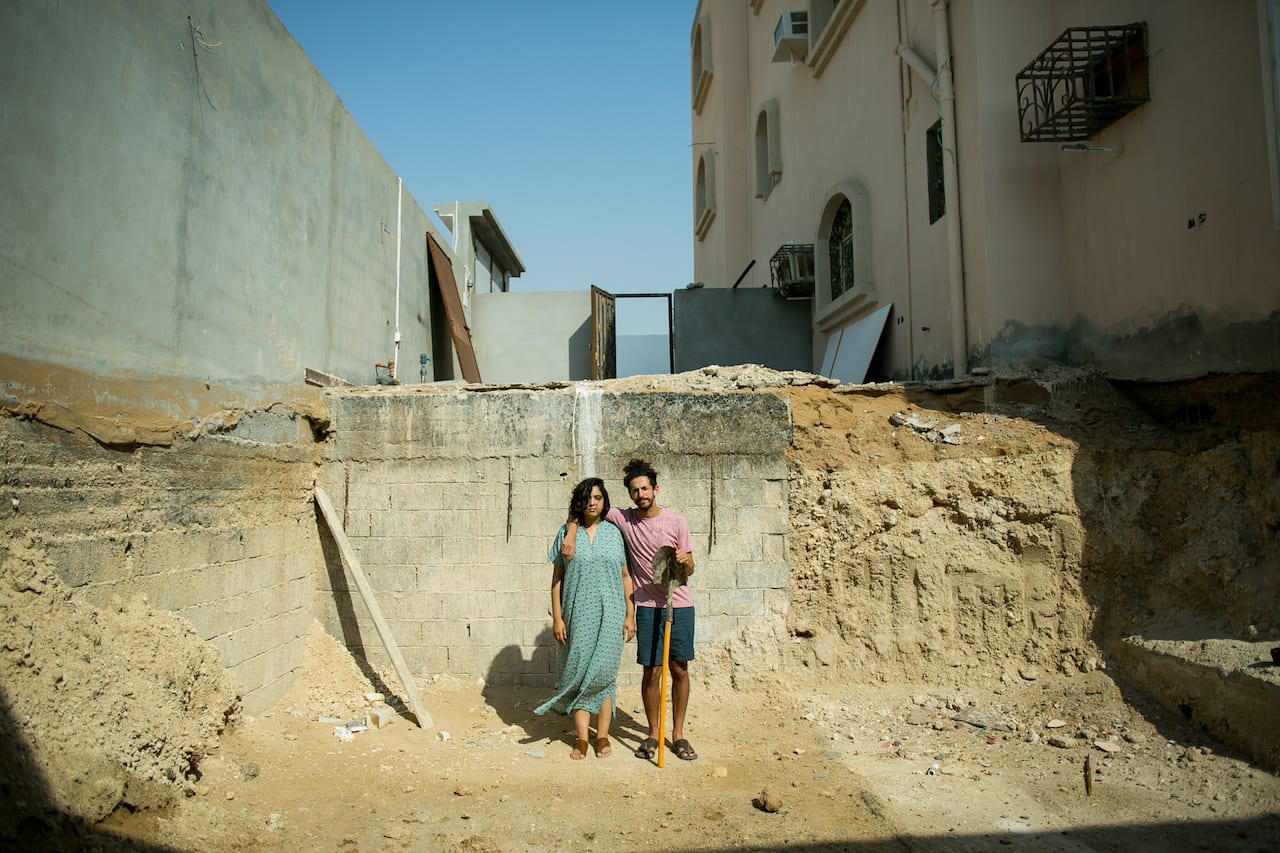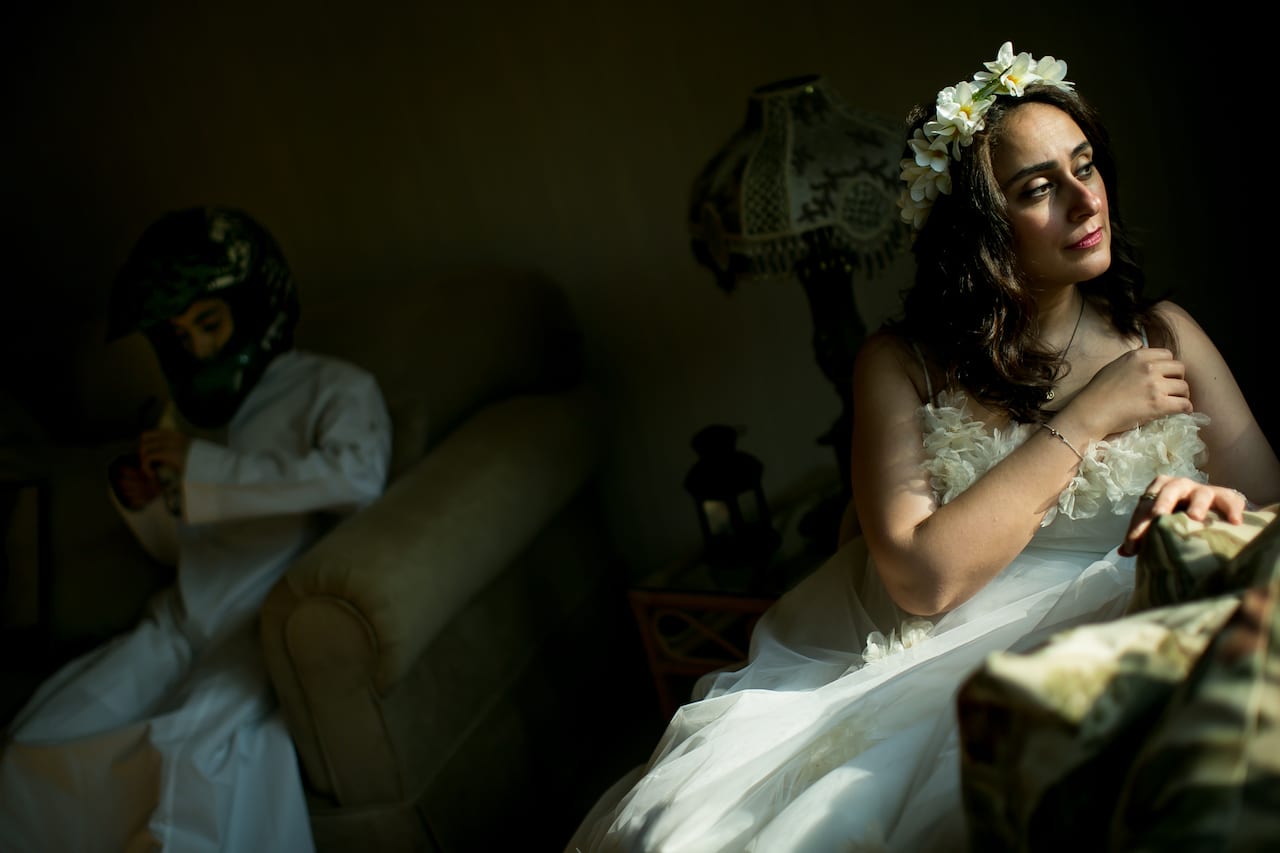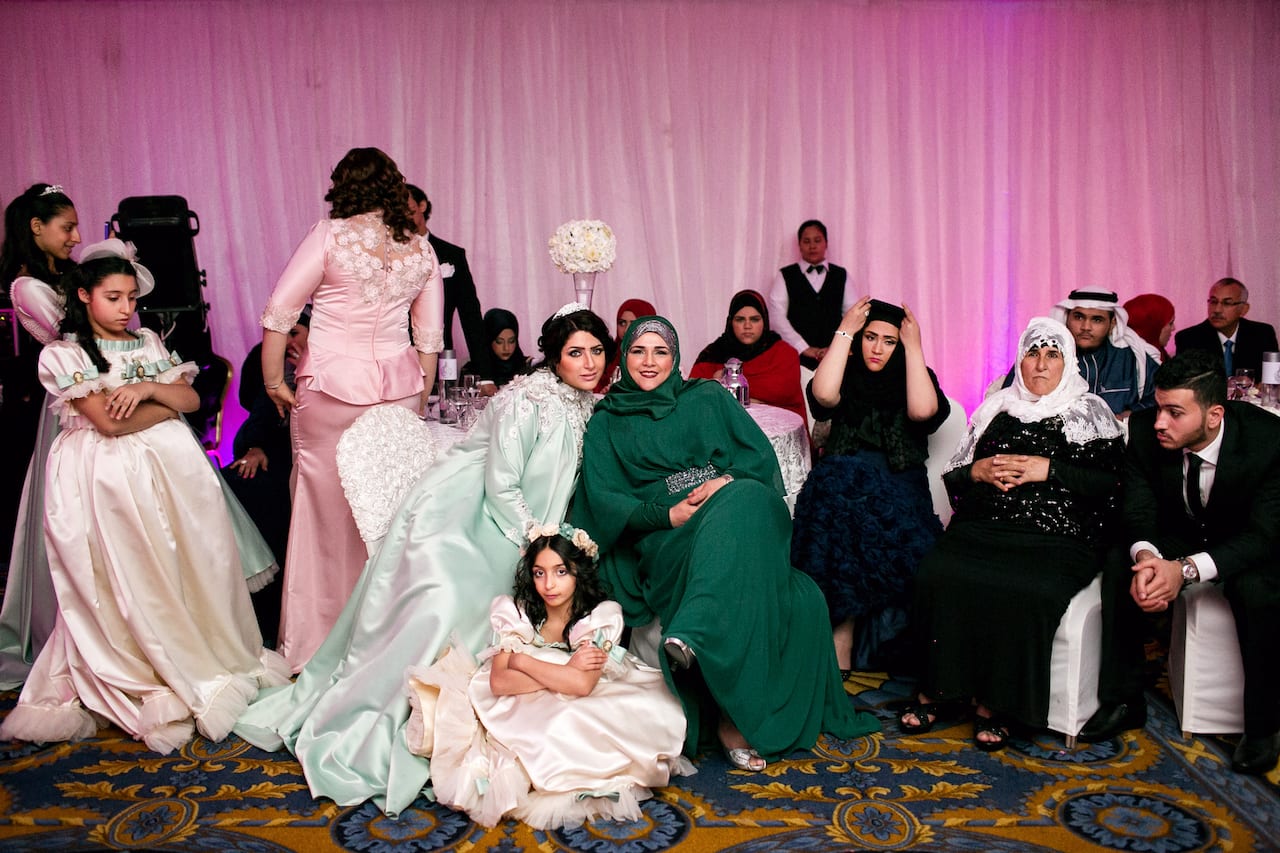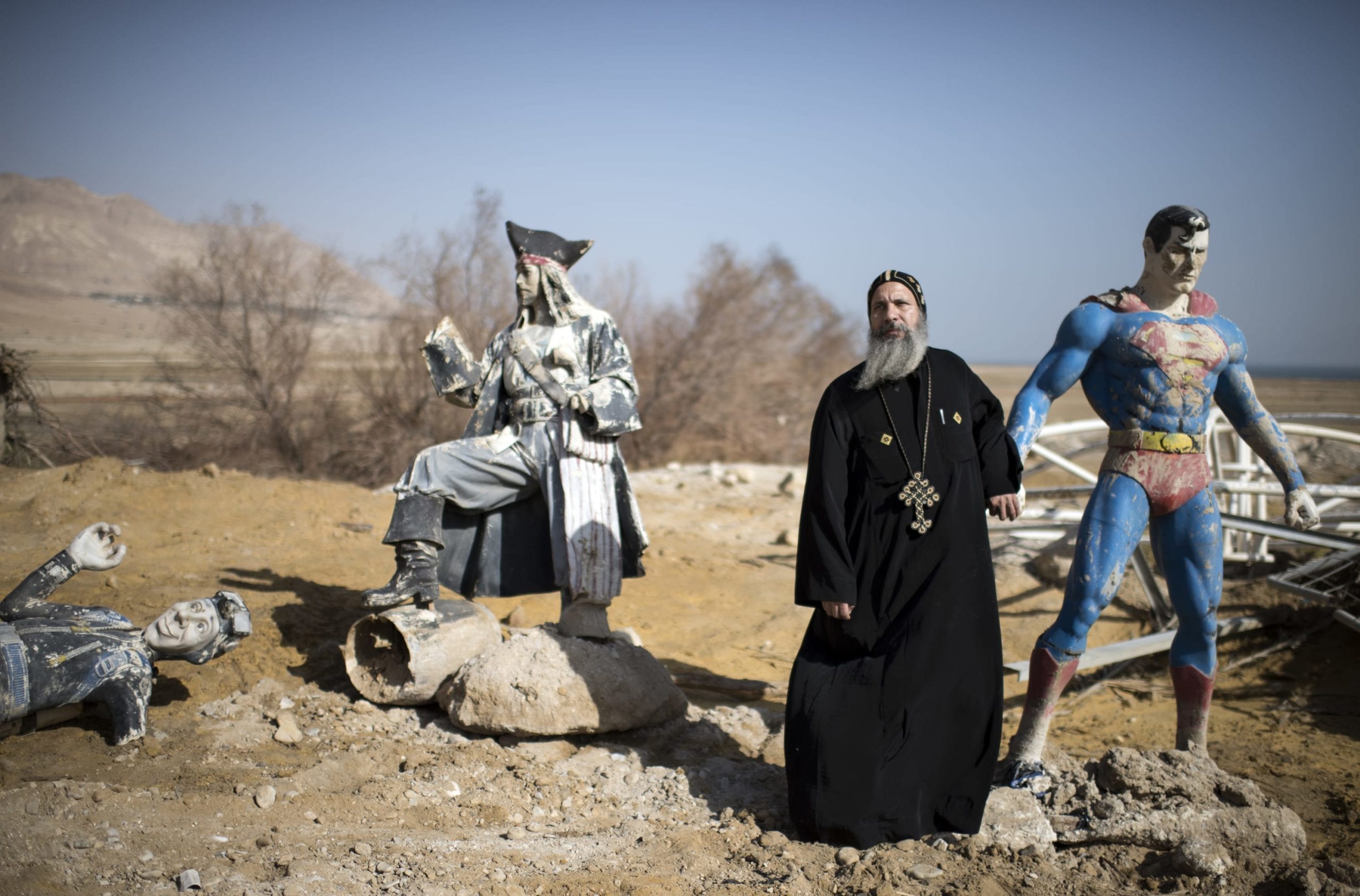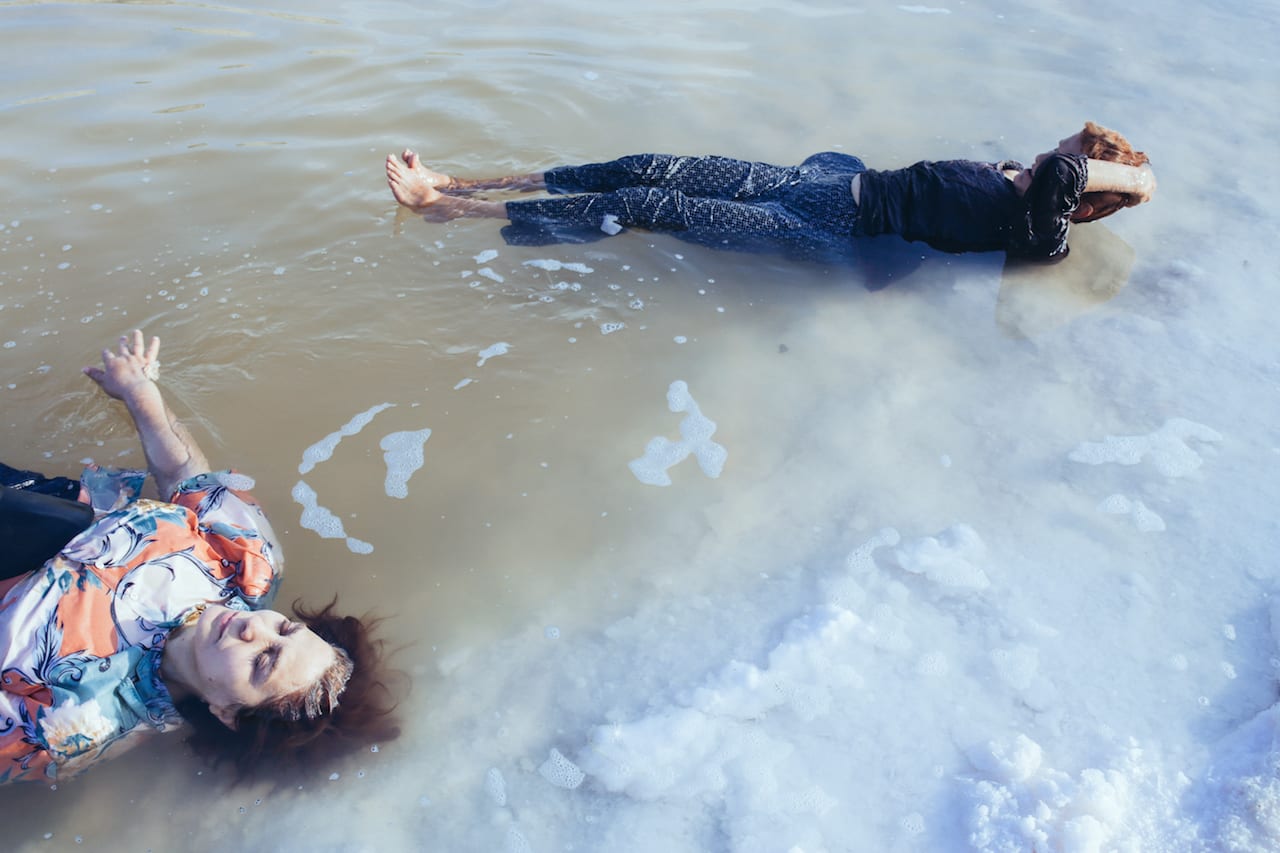“I wanted to make something beautiful and bold, something that people would keep,” says Anna Alix Koffi. She began her venture into independent publishing in 2013 when she founded OFF the wall, starting with a series of 10 journals championing young, aspiring photographers. Finishing that project in July 2016 she went on to make the official journal of that summer’s Rencontres d’Arles photography festival, then the same year, under the banner of OFF the wall and with Dutch photo agency NOOR’s managing director Clément Saccomani as editor-in-chief, she published the first Visa Paper for the Visa Pour l’Image festival.
While not the festival’s official journal, Koffi and Saccomani felt compelled to publish something speaking to wider issues in the world of photojournalism, and the paper proved a success. “It was beautiful,” says Koffi. “There was an amazing picture by Stanley Greene on the cover. In making it, Clément and I talked about a lot of issues in places like Armenia, Azerbaijan and Africa that we wanted to include. And we talked a lot about women.”
In the following months Koffi realised that the issue of women in photojournalism was so big that it warranted a publication of its own, and started thinking out a framework for a second edition of Visa Paper focusing just that. “I realised I could do this because there are women artists everywhere I go,” she says. “Most of the time publications don’t focus on women, but I knew that Woman Paper Visa would be special because women in photojournalism is such a strong thing. It’s so much more difficult than any other form of photography.”
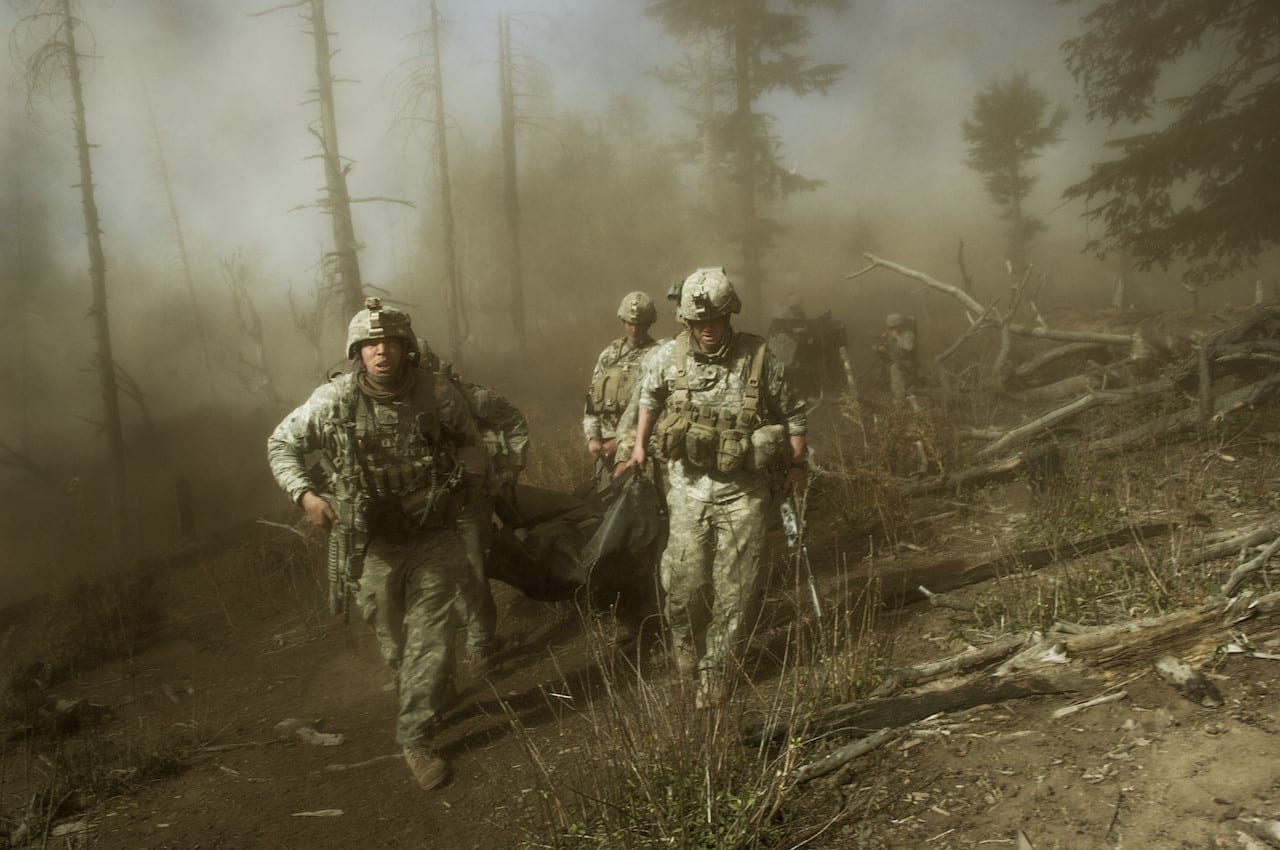
The result is impressive, available digitally now and set to be printed in the new year. Including projects such as Malin Fezehai’s photographs about African refugees in Israel, and Nigerian photojournalist Rahima Gambo’s work surrounding a Boko Haram attack in a Maiduguri school, it maintains the global outlook of its predecessor. It also features a section focussed entirely on photojournalism in the Middle East.
Curated by Cloé Kerhoas, Woman Middle East showcases work by both emerging and longstanding photographers in the region, including Istanbul-based British-American Alexandra R. Howland, Middle-East correspondent for The Wall Street Journal Maria Abi-Habib, and photojournalists such as Brazilian Alice Martins, Saudi Arabian Tasneem Alsultan, 20 year-old Turk Cansu Yıldıran, and Iran’s Solmaz Daryani.
“The most important thing for me was to show the work of women who represent vast and different visions of the Middle East,” says Kerhoas. “I wanted to show to photo editors, curators, journalists and readers that there is a wonderful diversity in this area. When we think about the Middle East, we mostly think about conflicts. Yes, it is part of its present, but there is so much more than that.”
Accordingly, while there are interviews with Alice Martins and Lynsey Addario on working in war zones, there are also reports on investigations into everyday life in countries where women’s voices so often go unheard. What Kerhoas found fascinating then, she says, were the different perspectives the various photojournalists brought with them.
“It is interesting to see that women who live or were born in Middle Eastern countries focus more on daily life stories,” she says. “They offer access to stories that we might never have known. I also wanted to give a voice to the women who, despite not being from the Middle East, leave their familiar areas to work in places like Iraq, Syria, Turkey or elsewhere.”
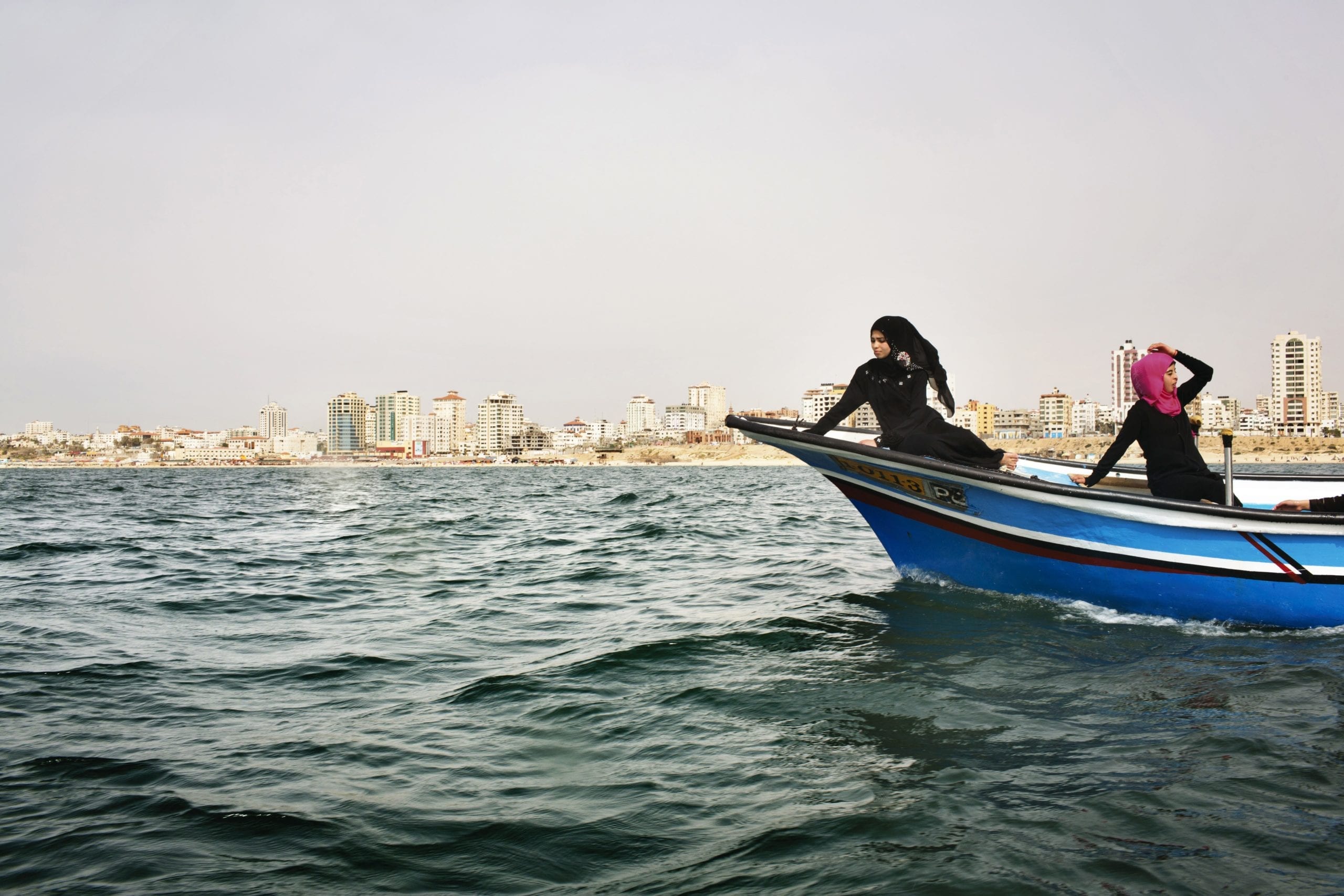
Woman Paper Visa also includes a section curated by Saccomani, in which various female photojournalists discuss the impact of Stanley Greene’s photography on their own work; it helps illustrate an important point, says Koffi, which is that the publication isn’t solely directed at women. “It’s not only for women, it’s about women,” she emphasises. “That can mean a man writing about a woman’s photography, or a woman talking about the work of a man. I want to focus on erasing the issue of gender.”
Even so, she firmly believes that positive initiatives for women are still essential, both in photojournalism and beyond, and is already planning a second issue. “You have to take affirmative action,” she says. “I don’t believe it when people say that you don’t have to do things like this anymore. This is an important way of celebrating women, what they do and how they do it.”
“Above all,” adds Kerhoas. “I would like everyone to want to participate in the collective effort of giving more space to women and minorities in the world of photography.”
Woman Paper Visa, published by OFF the wall, is available in full on issuu. https://issuu.com/offthewallpublishing/docs/woman_paper_visa_29
